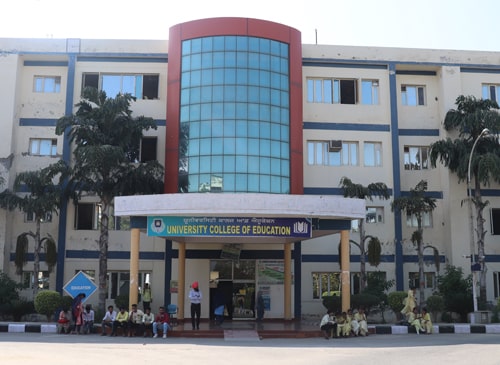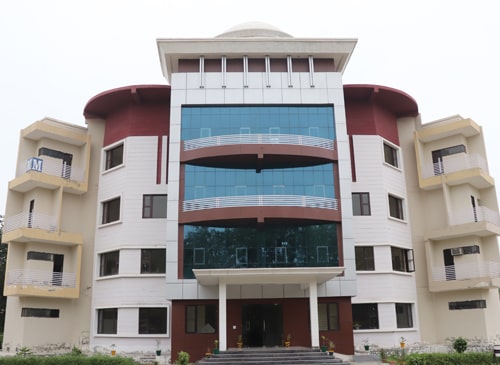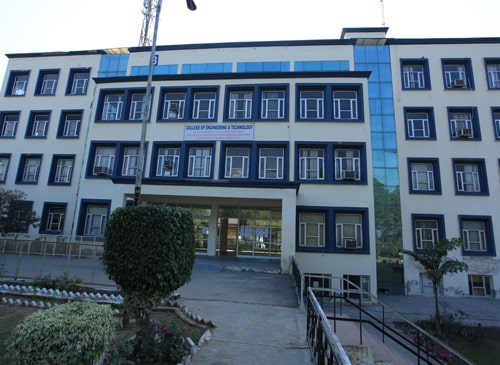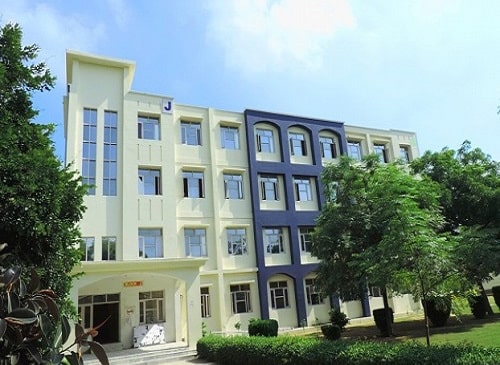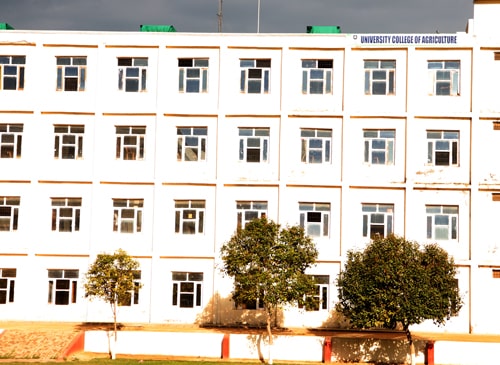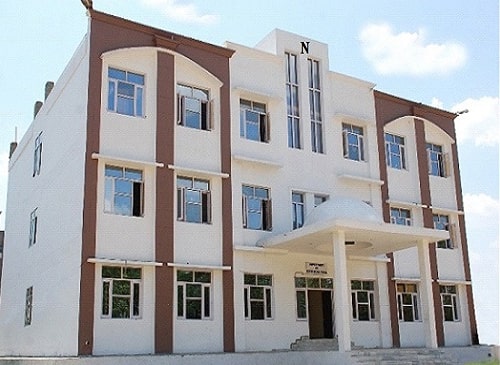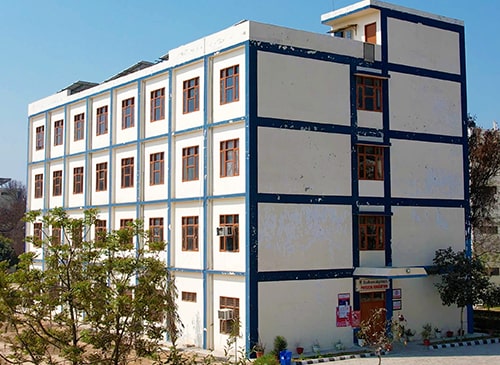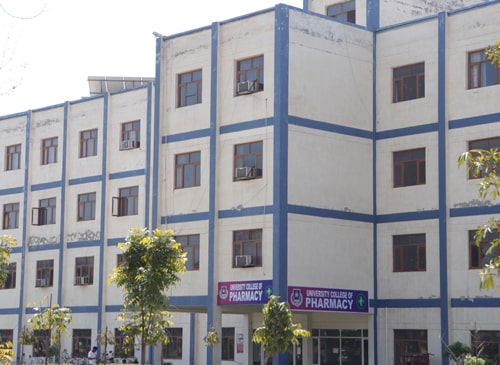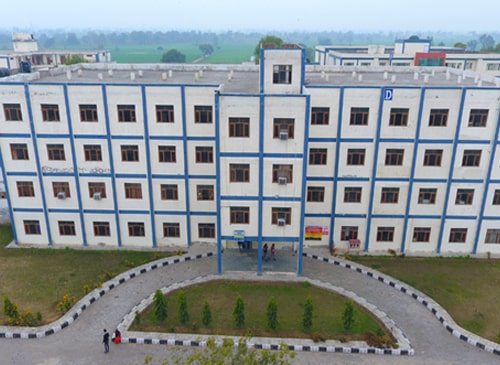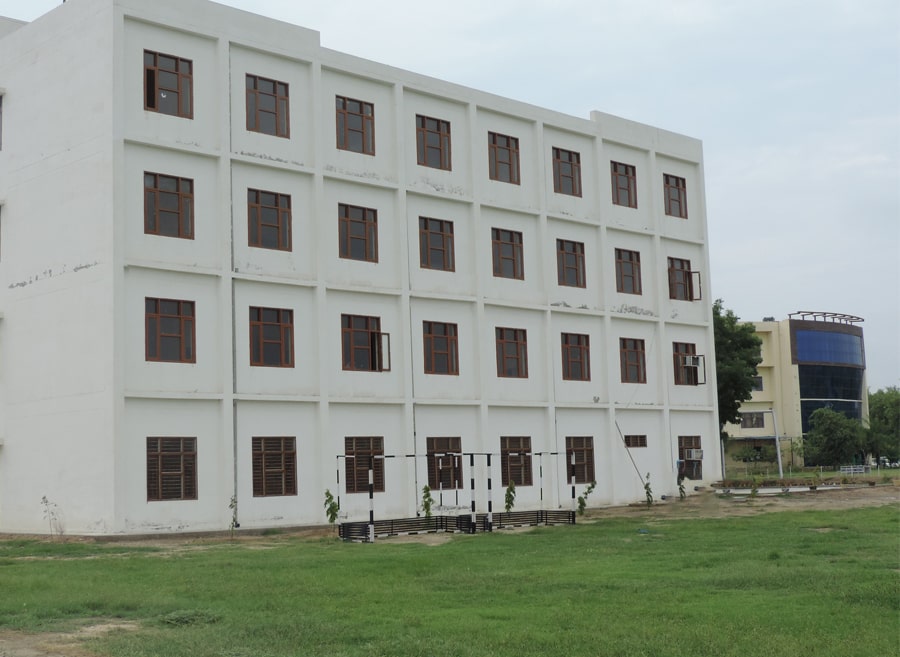Career Prospects
After completing a Diploma in radiology and imaging technology, candidates may work in important fields such as private care facilities, occupational health facilities, radiotherapy research organisations, radiotherapy equipment manufacturers, etc.
Programme Curriculum
Semester I
- Introduction to Healthcare Delivery System
- Computer Basics
- Communication Skills
- Medical Terms and Records:
- Ethics and Laws in Medicine
- Quality and Patient Safety
- Professionalism and Values
- Research and Stats
- Management Basics
Semester II
- Human Body Basics: Understanding how our bodies work.
- Physics for Radiology
- Conventional Radiological Equipment
- Radiology Equipment & Imaging Techniques
- English and Communication
Semester III
- More about the Human Body : Going deeper into anatomy, physiology, and pathology.
- Radiography Techniques : Learning how to position patients for X-rays.
- Modern Radiology Equipment : Understanding the latest machines used in radiology.
- Special Procedures : Learning about special X-ray techniques and contrast procedures.
Semester IV
- Physics of Newer Imaging Modalities
- Clinical Radiography Positioning Part 2
- Newer Modalities-Imaging Techniques, including Patient Care
- Quality Control in Radiology and Radiation Safety
- DRMIT Directed Clinical Education – part III (studentship)
Semester V
- Internship
Future Scope of Diploma in Radiology/Diploma in X-Ray
After completing the diploma in x-ray technology, students have the opportunity to pursue advanced degrees in their field.
Graduates with a diploma in x-ray technician have various course options available to them, such as
- Radiology (B.Sc.)
- Radiography Imaging Techniques (B.Sc.)
- Medical Laboratory Technology (B.Sc.)
- Radiotherapy (B.Sc.).
These advanced degree options allow students to further specialize and advance their careers in the field of X-ray technology.
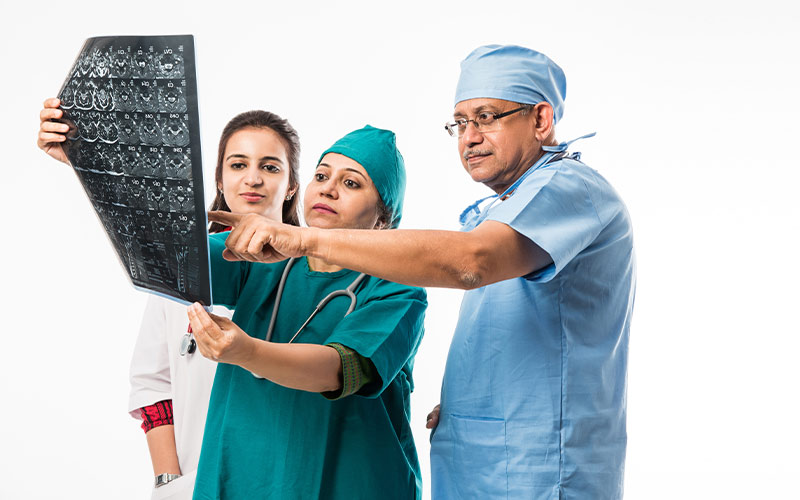
Fees Structure & Duration of Diploma in Radiology/Diploma in X-Ray
The cost of the Diploma in X-ray Technology program varies from INR 70,000 to 90,000. The duration of this Diploma course is 2.5 years.
Diploma in Radiography: Syllabus
- The syllabus for this course comprises not only basic medical subjects but also various technical subjects.
- Students enrolled in the diploma in radiology course duration are required to complete the study of the following subjects throughout the entire 2-year duration of their course.
- The curriculum has been meticulously designed to provide comprehensive understanding and practical training for students, preparing them to become skilled radiographers ready to serve in various job profiles. This will help shape the students as professional radiographers equipped with hands-on experience suitable for a wide range of job roles.
ADMISSION PROCEDURE
Guru Kashi University has established admission cell to bridge the gap between the students and the academic courses. The cell consists of team of career counsellors who understand the student’s choice and area of interest and guide them to choose the right career which will help them to excel in future.
The admission cell contains the information regarding all the courses of diploma, graduate, and post graduate and doctoral programmes. Guru Kashi University is successfully running courses in all fields such as engineering, agriculture, technical, physical education, education, languages, journalism etc.
Step-by-Step Admission procedure
- Online/offline filling of application form for registration
- Scrutinizing application and preparation of merit list as per laid down criteria for various courses.
- Provisional allotment of seats on merit list as per vacancies available for various courses.
- Original document verification for checking of eligibility
- Deposit the tuition fees.
- Final seat allotment by the university.
Diploma in Radiography: Subjects
The subjects included in the Diploma in Radiography program are as follows.
| Introduction to Radiography | Pathology |
|---|---|
| Anatomy | Ultrasound Imaging |
| Biostatistics | Radiation Physics |
| Biochemistry | Different Radiographic Techniques |
| Imaging Techniques | Physiology |
| Magnetic Resonance and Imaging | Radio-diagnosis |
| Microbiology | Medical Physics |
| Nuclear Medicine Imaging | Radiographic Photography |
| Computed Tomography | Physics of Radiology |
FAQ's
1.What is a Diploma in Radiology?
Ans: A Diploma in Radiology is a specialized educational program that provides training in the principles and practices of medical imaging. Students learn to operate imaging equipment, perform diagnostic procedures, interpret radiographic images, and ensure patient safety. The diploma equips graduates with the skills needed to work as radiologic technologists in hospitals, clinics, and diagnostic imaging centers, assisting in the diagnosis and treatment of medical conditions.
2. What is the scope of a diploma in radiology?
Ans: The scope of a Diploma in Radiology is quite broad and promising. Graduates with this diploma have various career opportunities in the healthcare sector, particularly in medical imaging departments. They can work as radiologic technologists, performing X-rays, CT scans, MRIs, and other imaging procedures. Additionally, they can pursue careers as radiology assistants or imaging technicians or pursue further education to specialize in areas such as ultrasound technology, nuclear medicine, or radiation therapy. With the increasing demand for diagnostic imaging services in healthcare, the scope for professionals with a diploma in radiology is expected to continue growing.
3.Is a Radiology diploma a good career?
Ans:Yes, a Radiology diploma offers a promising and fulfilling career path. Graduates can secure rewarding positions as radiologic technologists, imaging technicians, or radiology assistants in hospitals, clinics, and diagnostic imaging centers. With advancements in medical technology and increasing demand for diagnostic services, the field of radiology offers job stability, competitive salaries, and opportunities for career growth.
4.What are the eligibility criteria for admission into a Diploma in Radiology program?
Ans:The eligibility criteria for admission into a Diploma in Radiology program typically include completion of secondary education (high school) or its equivalent, preferably with a science background. Some institutions may require English proficiency and adherence to certain health standards. Specific requirements may vary by institution.
5.What are the key subjects covered in the Radiology curriculum?
Ans: Key subjects covered in the Radiology curriculum typically include:
- Radiographic Techniques and Positioning
- Anatomy and Physiology
- Radiation Physics and Safety
- Medical Terminology
- Imaging Modalities (X-ray, MRI, CT, Ultrasound)
- Radiographic Pathology
- Patient Care and Communication
- Patient Care and Communication
- Quality Assurance in Radiology
- Contrast Media Administration
- Radiographic Interpretation and Reporting
6. What career opportunities are available after completing a Diploma in Radiology?
Ans: After a diploma in radiology, graduates can pursue various career opportunities, including:
- Radiologic Technologist
- Radiology Assistant
- Imaging Technician
- MRI Technologist
- CT Technologist
- Ultrasound Technologist
- Nuclear Medicine Technologist
- Radiation Therapist
- Radiology Supervisor/Manager
- Clinical Instructor/Educator



